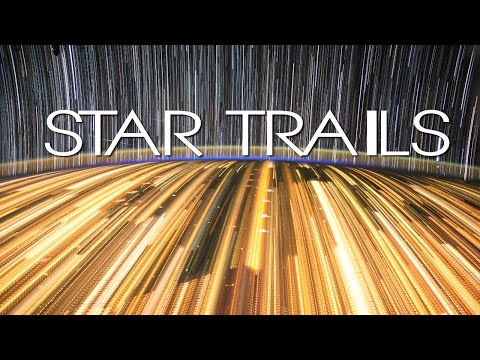Exploring the Mysteries of Space-Time: What We Know So Far
The concept of space-time is one of the most fascinating and mind-boggling ideas in the field of physics. It combines the dimensions of space and time into a single continuum, forming the fabric of the cosmos. The mysteries of space-time have captivated scientists and philosophers for centuries, leading to groundbreaking discoveries and profound insights into the nature of reality.
One of the key figures in the exploration of space-time was Albert Einstein, whose theory of general relativity revolutionized our understanding of the universe. According to Einstein, space and time are not separate entities, but are interconnected in a four-dimensional framework. This theory has been confirmed through numerous experiments and observations, such as the bending of light around massive objects like black holes.
Another important aspect of space-time is its curvature, which is influenced by the presence of matter and energy. This curvature can warp the fabric of space-time, creating phenomena like gravitational waves and time dilation. These effects have been observed in various astrophysical phenomena, such as the collision of neutron stars and the orbit of planets around stars.
One of the most intriguing mysteries of space-time is the concept of wormholes, hypothetical tunnels that connect distant points in space-time. These wormholes could potentially allow for faster-than-light travel and even time travel, although their existence has yet to be proven. Scientists are currently exploring the possibility of wormholes through theoretical models and simulations, hoping to unlock the secrets of these cosmic shortcuts.
The study of space-time also extends to the origins and fate of the universe. According to the Big Bang theory, the universe began as a singularity of infinite density and temperature, expanding rapidly and evolving into the vast cosmos we see today. The fate of the universe is still uncertain, with possibilities ranging from a Big Crunch to eternal expansion or even a multiverse of parallel universes.
In recent years, advancements in technology and instrumentation have allowed scientists to probe deeper into the mysteries of space-time. Observatories like the LIGO and the Event Horizon Telescope have captured groundbreaking images and data, shedding light on the nature of black holes, gravitational waves, and the fabric of space-time itself.
Despite the progress made in understanding space-time, many questions remain unanswered. What lies beyond the event horizon of a black hole? Is time truly a linear progression, or does it loop back on itself? Can we harness the power of space-time for interstellar travel or communication?
As we continue to explore the mysteries of space-time, we are confronted with the vastness and complexity of the cosmos. The interplay of space and time offers endless possibilities and challenges, pushing the boundaries of human knowledge and understanding. The quest to unravel the secrets of space-time is a journey that will shape our understanding of the universe and our place within it for generations to come.













